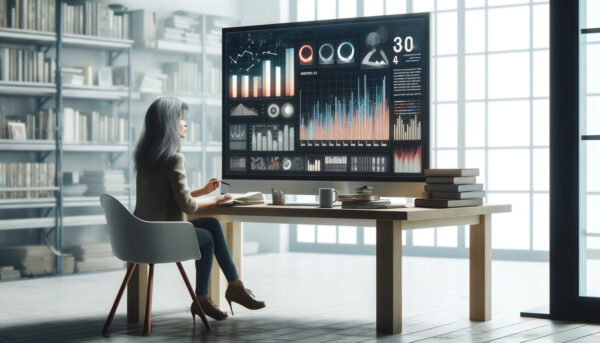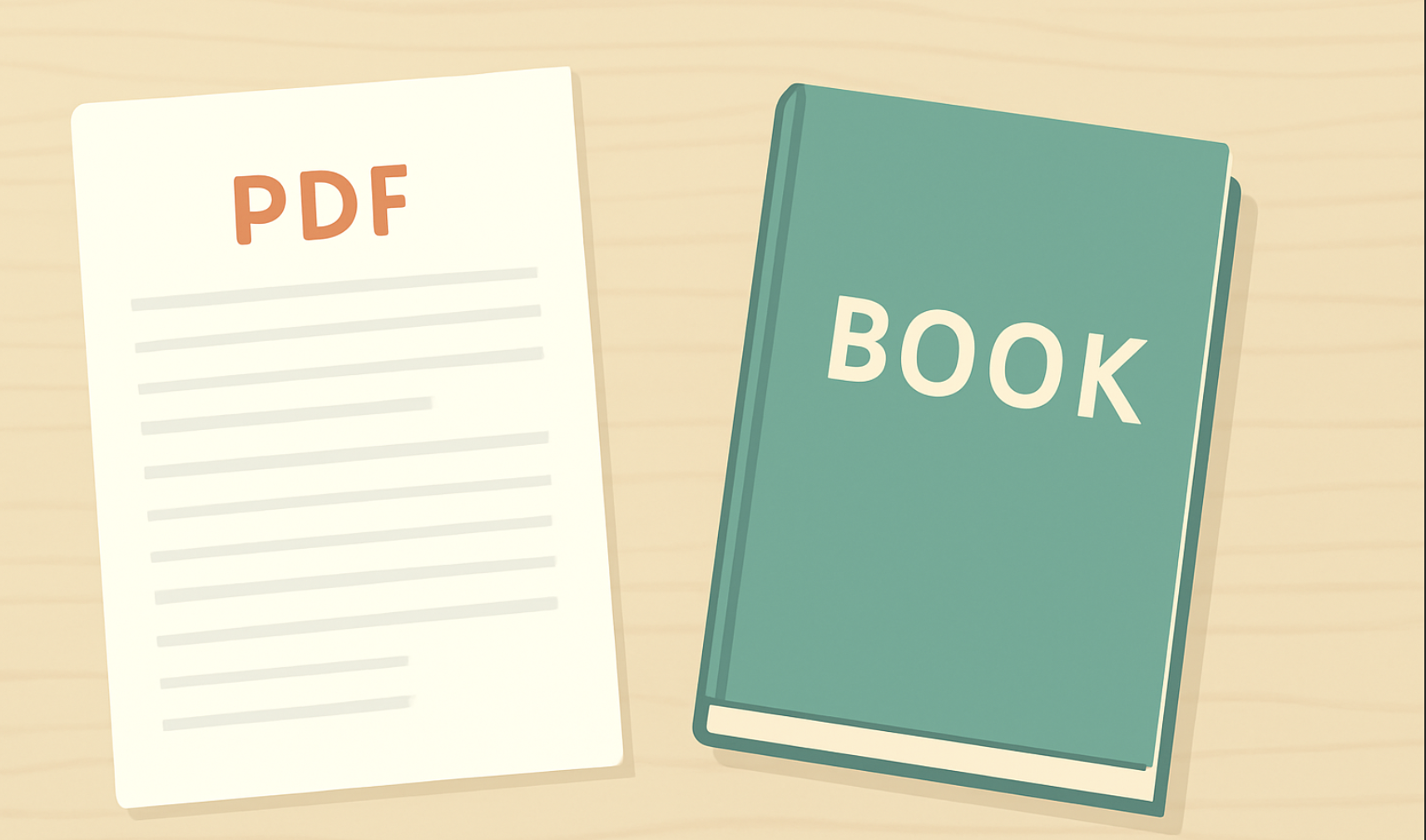Ever dreamed of seeing your book in bookstores or on readers’ shelves? You’re not alone—countless aspiring authors have that exact goal. The good news? Getting into the book publishing industry has never been more achievable. The bad news? Well, you might have to learn a thing or two about the process first (but don’t worry, that’s what we’re here for!).
Gone are the days when the only way to get your book published was to secure a deal with a big publishing house and wait for what seemed like forever. Today, the publishing landscape offers more options than ever before—whether you’re keen on self-publishing, exploring hybrid models, or even testing the waters of traditional publishing. Each path comes with its own perks and challenges, and this guide is here to break it all down for you.
So, whether you’re an aspiring author looking to get your words into the world or a future publishing professional, sit back and relax. We’re about to dive into the wonderful (and slightly chaotic) world of book publishing, and trust me, it’s more exciting than you might think!
The New Frontier: The Evolving Publishing Landscape
The book publishing industry has undergone a dramatic transformation over the last decade. Gone are the days when traditional publishing houses were the only gatekeepers of literary success. Today’s publishing landscape is as diverse as the stories it holds, with digital formats, self-publishing platforms, and hybrid publishing models reshaping the industry.
Your Publishing Journey Awaits – Start NowThe Shift to Digital Publishing
The digital revolution has forever changed how we read and publish books. E-books, audiobooks, magazines, and on-demand printing have surged in popularity, offering more flexibility and affordability to both authors and readers. Thanks to platforms like Amazon Kindle Direct Publishing (KDP) and Audible, getting your book into the hands (or ears) of readers has never been easier.
Fun fact: The global e-book market is projected to grow by $6.93 billion from 2020 to 2025. That’s a lot of screen time!
Traditional vs. Self-Publishing
While traditional publishing still holds prestige, it’s no longer the only game in town. Self-publishing has gained momentum in recent years, giving authors full creative control and a bigger slice of the profits. However, with more control comes more responsibility—self-published authors often have to wear multiple hats, from marketing guru to book designer.
The Rise of Hybrid Publishing
Hybrid publishing offers the best of both worlds, blending the support of traditional publishing with the autonomy of self-publishing. It’s a fast-growing option for authors who want a bit of guidance but still want to maintain control over their work.
In short, the modern publishing world of literature is full of options. Whether you’re aiming for a traditional deal, ready to self-publish, or seeking a middle ground, the publishing landscape is vast and ripe with opportunities.
Traditional Publishing: What You Need to Know About Working with Publishing Houses
If you’ve ever dreamed of signing a book deal with a big-name publisher like Penguin Random House or HarperCollins, you’re likely envisioning the traditional publishing route. But getting there is no small feat—it’s a process filled with queries, proposals, and a little bit of luck. Still, for many writers, traditional publishing remains the holy grail of the book world. Here’s what you need to know to navigate this often-intimidating path.
The Role of Literary Agents: Your Ticket to the Big Leagues
In traditional publishing, literary agents are your golden ticket. Most major publishing houses don’t accept unsolicited manuscripts, meaning you’ll need an agent to represent your work. Agents do more than just pitch your book to publishers—they also negotiate contracts, handle rights deals (like film or foreign rights), and act as your advocate in the publishing world.
Quick tip: Research agents who represent your genre and carefully craft your query letter. It’s your first impression, so make it count!
The Publishing Process: From Deal to Shelf
Once you’ve landed an agent and secured a book deal, the real work begins. The process typically looks something like this:
1. Editing: Your manuscript will undergo several rounds of editing, from developmental edits to line edits and copy edits.
2. Cover Design: The publisher’s design team will create a cover that captures your book’s essence.
3. Marketing and Promotion: Traditional publishers often handle the marketing for your book, but don’t expect to sit back and relax. Many authors are expected to actively promote their books through social media, events, and interviews.
What Are The Benefits of Traditional Publishing?
One of the biggest advantages of traditional publishing is credibility. A well-known publisher’s name behind your book can open doors to major bookstores, media coverage, and literary awards. Additionally, publishers have the resources to give your book a professional polish, from editing to marketing, and distribution through established channels.
And The Challenges of Traditional Publishing?
Despite its perks, traditional publishing has its downsides. It’s notoriously competitive, and it can take months or even years to secure a deal. Once signed, authors often give up a portion of their creative control and a larger percentage of their royalties in exchange for the publisher’s support.
In short, traditional publishing is a long road that requires patience, persistence, and a thick skin. But for those who make it, the rewards can be worth the effort.
Self-Publishing: The DIY Route to Success
If you’re the kind of person who likes to take control and move fast, self-publishing might just be your best path to becoming a published author. Gone are the days when self-publishing meant poor quality and limited reach—today, it’s a legitimate and growing way for writers to get their books out into the world, often with more creative freedom and a bigger share of the profits.
The Power of Self-Publishing Platforms
Thanks to platforms like Amazon Kindle Direct Publishing (KDP), IngramSpark, and Apple Books, self-publishing has become easier and more accessible than ever. These platforms allow you to upload your manuscript, design your cover, and start selling in digital formats (eBooks, audiobooks) or even print-on-demand physical copies.
Fun fact: Self-published authors now account for nearly 40% of all e-book sales on Amazon. That’s a massive market waiting for your book!
The Perks of Going Solo
One of the biggest advantages of self-publishing is control. You call the shots on everything from the cover design to the release date, and you keep a higher percentage of the royalties—up to 70% in some cases. You can also get your book to market much faster than the traditional route, with some authors publishing in as little as a few weeks.
But There’s a Catch: You’re in Charge of Everything
While self-publishing offers freedom, it also comes with responsibility. You’ll be wearing all the hats—author, editor, designer, marketer, and distributor. Editing is crucial, so be sure to hire a professional editor to polish your manuscript. The same goes for your book cover; a professionally designed cover can make all the difference in attracting readers.
Your Publishing Journey Awaits – Start NowMarketing, in particular, is a challenge for self-published authors. Without the backing of a traditional publishing house, you’ll need to promote your book through social media, blogs, newsletters, and possibly paid advertising.
Is Self-Publishing Right for You?
Self-publishing is a great option if you’re looking for creative control, faster publication, and a higher cut of royalties. However, it requires hard work, strategic planning, and a willingness to invest in your book’s production and promotion. If you’re ready to take full ownership of your writing career, self-publishing might just be your ticket to success.
Hybrid Publishing: Where Control Meets Support
Hybrid publishing blends the freedom of self-publishing with the professional backing of traditional publishing. It’s a partnership model where authors contribute to the production costs, such as editing or cover design, while the publisher handles distribution and offers expertise.
What is Hybrid Publishing?
Unlike traditional publishing, hybrid publishers have authors keep a larger share of the royalties (often 50-70%) in exchange for a financial investment in their book’s production. This allows for more control over creative decisions, like cover design and editing, while still benefiting from the guidance of a professional team.
Benefits and Drawbacks
Hybrid publishing offers quicker turnaround times and more creative freedom than traditional publishing. However, it comes with a higher upfront cost, as the author shares some financial risk and responsibility.
In short, hybrid publishing is a great option for authors who want support without losing control over their work. If you’re ready to invest in your project, this model provides a strong balance between independence and professional guidance.
Breaking Into the Publishing Industry as a Professional
The book publishing industry isn’t just for authors—there are plenty of opportunities for those looking to work behind the scenes. From editorial roles to marketing and production, there are various career paths in the publishing world for aspiring professionals.
Publishing Careers: A Diverse Industry
The publishing industry is vast and offers a range of roles, such as editors, literary agents, marketing specialists, and production managers. Each role plays a crucial part in the journey from manuscript to finished book. Editors help shape the story, marketers create campaigns to reach readers, and production teams ensure the book gets printed and distributed.
Pro tip: Start by researching the types of roles that align with your skills and interests, whether it’s working with authors directly or handling the business side of publishing.
How to Get Started?
Many professionals break into the industry through internships or entry-level positions. Networking is key—attend industry events, join publishing organizations, and connect with professionals online through platforms like LinkedIn. Even if you don’t land your dream role right away, any experience within a publishing house or literary agency can help you gain valuable insights.
The Digital Shift
As digital publishing continues to grow, new opportunities in areas like data analysis, digital marketing, and e-book production are emerging. If you’re tech-savvy, roles within the digital side of the industry could be a great fit.
Whether you’re an aspiring editor, marketer, or tech enthusiast, there’s plenty of room for professionals looking to make a mark in the publishing industry.
Trends to Watch in the Publishing World
The publishing industry is constantly evolving, and staying on top of the latest trends can give authors and professionals an edge. From the rise of digital formats to sustainability efforts, here are some key trends shaping the future of publishing.
The Continued Growth of Digital Formats
E-books and audiobooks are becoming increasingly popular, offering readers more convenient ways to enjoy books on the go.
Fun fact: Audiobook sales have increased by 25% year over year, and they’re showing no signs of slowing down! Whether you’re commuting or cooking dinner, there’s always time for a good book.
On-Demand Printing and Sustainability
Eco-conscious readers are pushing the industry toward more sustainable practices. Print-on-demand services are reducing waste by only printing books when they’re ordered. This not only cuts down on excess inventory but also minimizes environmental impact.
Did you know? The print-on-demand market is projected to reach $4.9 billion by 2025, showing just how important sustainability has become.
Diversity in Publishing
The demand for more diverse voices and stories is reshaping the book world. Readers are looking for books that reflect a variety of experiences, cultures, and perspectives. Publishers are taking note, and we’re seeing more inclusive bookshelves across genres.
The Impact of Tech and Data
With the rise of digital publishing comes a greater interest and reliance on data. Publishers are using analytics to track reader preferences and sales patterns, helping them make smarter marketing and publishing decisions. If you’re a numbers person, this trend offers exciting new opportunities in data analysis and digital marketing within publishing.
As the industry continues to adapt, these trends are paving the way for a more innovative and inclusive future in publishing.
Your Path to Publishing Success
Breaking into the publishing industry—whether as an author or a professional—might seem daunting, but with the right knowledge and persistence, it’s more achievable than ever. From traditional publishing to self-publishing and hybrid models, there are endless opportunities to make your mark.
Stay informed, embrace the evolving trends, and remember: every great publishing journey starts with a single step. Now, it’s time to take yours!
Ready to bring your story to life? With Spines, you’re in the driver’s seat! Our platform blends powerful AI with hands-on support, making it faster and easier than ever to publish your book, keep your royalties, and reach a global audience. Join the self-publishing revolution—start your journey with Spines today!
Your Publishing Journey Awaits – Start Now






